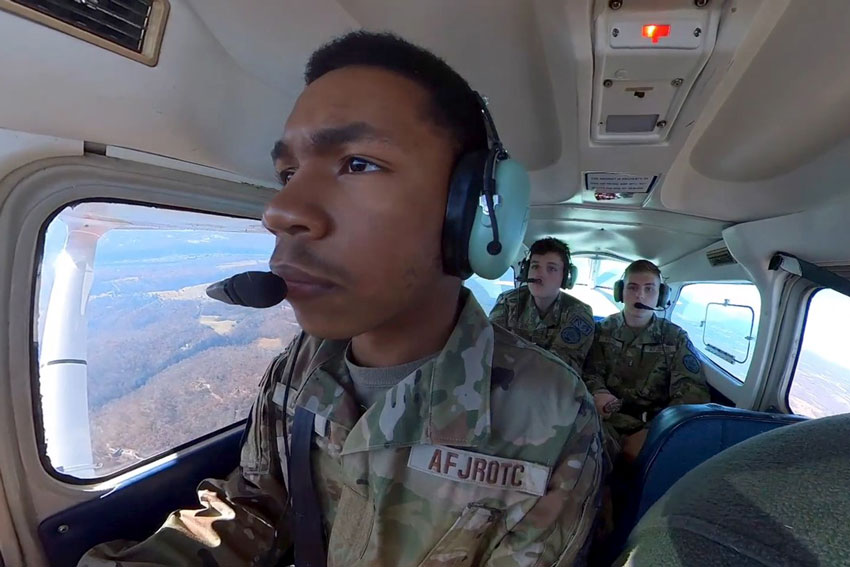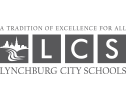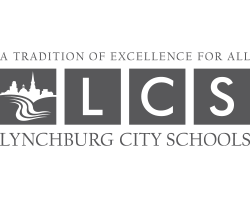It was a mild November morning, and E. C. Glass High School 11th grader Travis Ennis was preparing for his first-ever flight. But this one was a bit unusual. There were no TSA agents, no tickets, and no lines to board the plane.
Instead, he crossed the tarmac and squeezed into a four-seater aircraft, accompanied by a flight instructor and a classmate. For Ennis’s first time in the air, he’d be the one flying.
Ennis and his Air Force Junior Reserve Officers' Training Corps (AFJROTC) classmates had been learning about aerospace science in the classroom. Thanks to a special opportunity through the Civil Air Patrol (CAP), a civilian auxiliary of the U. S. Air Force, they would apply their knowledge in the cockpit today.
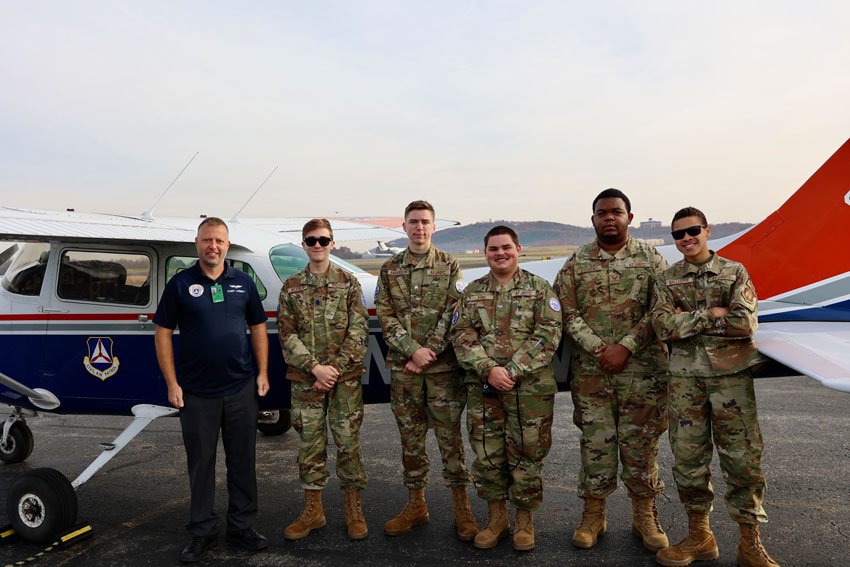
Each AFJROTC student will get the opportunity to fly a plane this year, led by a CAP instructor (left).
“I’ve always wanted to be a pilot—it’s been my dream since I was five. This was my first time on a plane, so I was nervous,” Ennis said.
Over the past month, Ennis’s classmates had taken this same trip in small groups. He’d heard their musings about how it felt to be in the pilot’s seat and seen their photos of the city from above (“That’s my house!” they’d say, zooming in on an ant-sized speck). Now, it was his turn.
After a safety briefing and a selfie, Ennis was ready to go. His peers waved from the ground as the plane gained altitude. The CAP instructor flew the plane through takeoff, then handed the controls to Ennis until it was time to land.
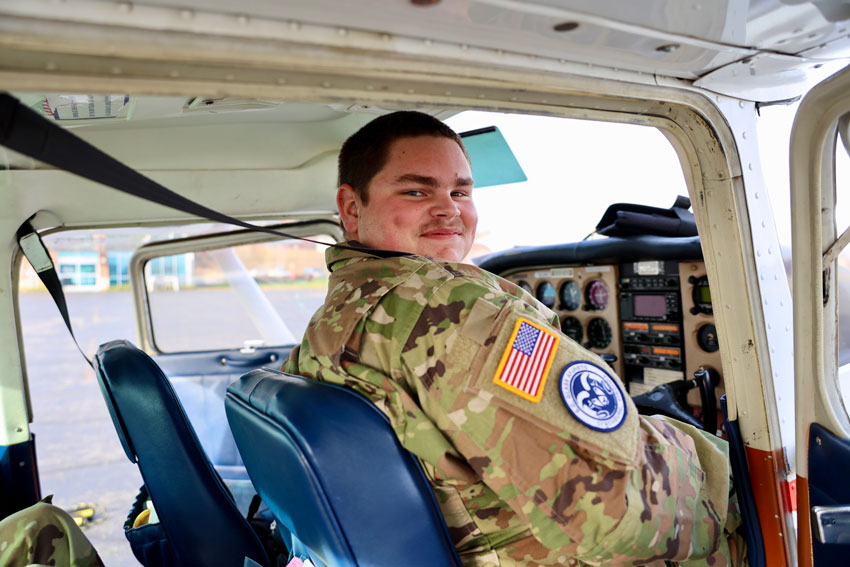
Ennis prepares for takeoff.
"The big value-add with these orientation flights is that the cadets get to see our aerospace science curriculum in action,” said E. C. Glass senior aerospace science instructor Lt. Col. Leslie Pratt. “It's one thing to study the theory of aerodynamic lift and the physics of flight. But it's another to actually experience flying while you're in the cockpit controlling a small airplane.”
Each E. C. Glass AFJROTC student will get the chance to fly a plane this year. Whether they’re first-time fliers or seasoned commercial passengers, this is an experience they won’t easily forget.
“It was an unnerving experience at first. I had to get used to the floating sensation, but after that, it felt almost relaxing, like driving,” said 11th grader Sean Fields.
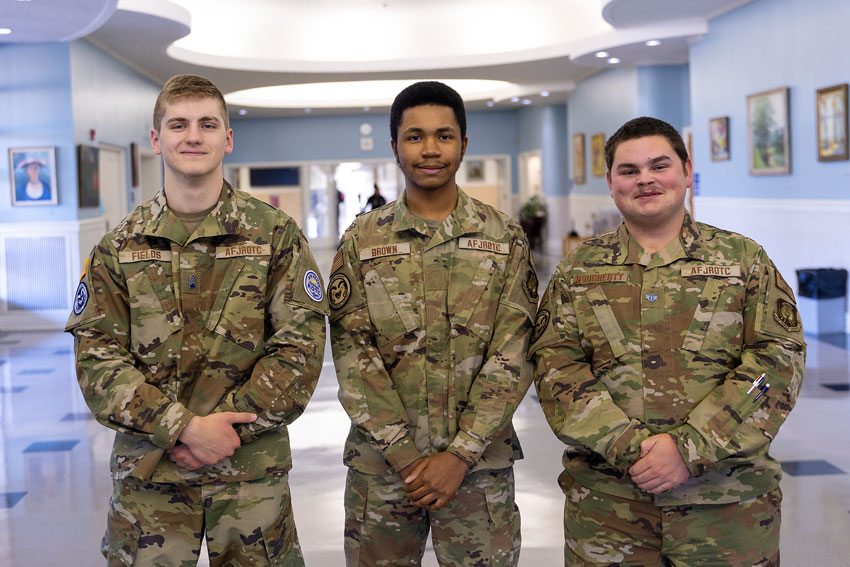
Left to right: E. C. Glass students Sean Fields, Savion Brown, and Travis Ennis.
For AFJROTC students, learning is seldom limited to the classroom. They take field trips to military bases; engage in regular physical training; and participate in extracurricular activities like drill team, color guard, and a leadership summer camp.
“People see the uniforms and think they’re a big hassle. They don’t want to run a mile or do push-ups. But they’re letting the small stuff overshadow the big opportunities at hand,” Ennis said. “I’ve learned leadership and integrity through this program. It’s taught me discipline, but it’s also been serious fun.”
Students who graduate from the program and enlist in the military start their careers at a higher rank than those without AFJROTC experience. Those who go on to pursue commercial aviation begin college with a headstart on field-specific knowledge. And those who choose different career paths take away skills they’ll use for the rest of their lives.
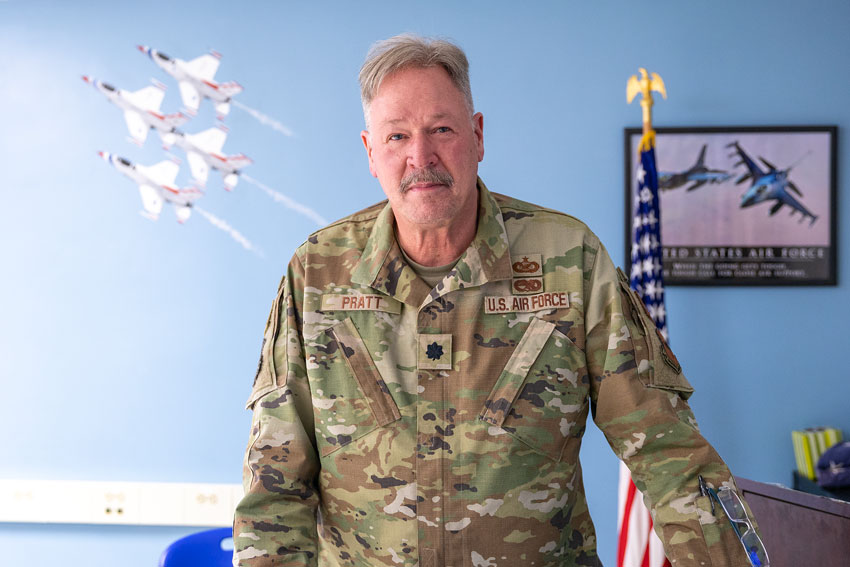
Pratt retired from the U.S. Air Force after 33 years of service.
“JROTC teaches organization, self-discipline, motivation, and basic life skills. It’s incredibly valuable, even to students who don’t want a military or aviation career,” Pratt said.
AFJROTC students are assigned military-style ranks and can move up as they advance over the years—a taste of Air Force structure that can equip students for future careers. Their curriculum emphasizes both aviation science and leadership. Frequent collaborative activities help students develop important interpersonal skills.
“I used to be super shy. I had a hard time talking to people,” said tenth grader Teagan McKim, who started at E. C. Glass two months into her ninth-grade year. “It was hard to adjust at first after moving from New Hampshire, but JROTC made me more comfortable. I’ve made so many friends.”
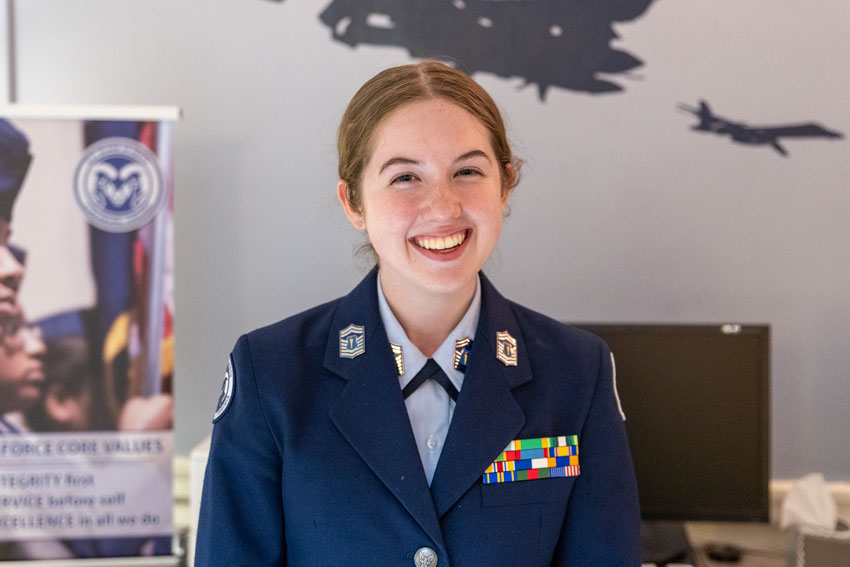
E. C. Glass tenth grader Teagan McKim says AFJROTC helped her adjust after moving schools.
Pratt says the best part about leading the AFJROTC program is the supportive relationships he forms with students. In his 11 years at E. C. Glass, he’s seen class after class of nervous freshmen develop into confident adults—many of whom build careers in the aviation industry and return to share their experiences with students. Indeed, students see Pratt and aerospace science instructor Senior Master Sgt. Don Dougherty as mentors.
“People assume that if you mess up in JROTC, the instructors take you outside and yell at you, but it’s not like that. They sit down with you, make jokes, and are on your side,” said 12th grader Savion Brown, who’s formed close relationships with the instructors over his three years in the program. “It’s like a father-son relationship…they may be tough on you sometimes, but it’s because they care and want you to succeed.”
When Ennis stepped off the plane after his hour in the air, he couldn’t stop grinning. The view of the city from above was extraordinary, and the feeling of steering the plane while soaring through the skies even more so.
“It’s so fun seeing the smiles on their faces when they come back from flying. It’s a completely different, brand-new experience for them,” Pratt said. “One of my favorite parts of the job is putting students in the hot seat—presenting them with new opportunities and watching them rise to the challenge. They can do a lot more than they think.”
